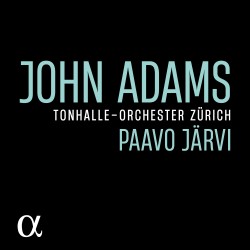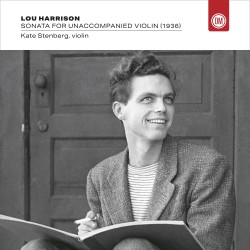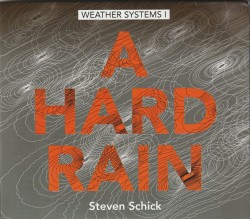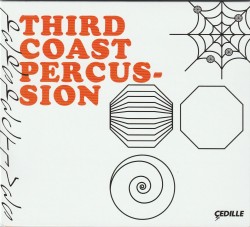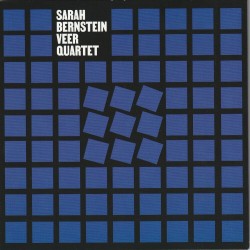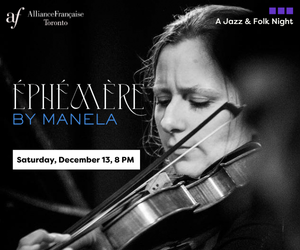Houses of the Wind - John Luther Adams
 Houses of the Wind
Houses of the Wind
John Luther Adams
Cold Blue Music CB0063 (coldbluemusic.com)
The eerie vibrations created by Aeolian (wind) harps provide the central source of inspiration and sonic material for John Luther Adams’ latest release, Houses of the Wind. The album is a meditative journey in five wind-swept movements that transfix and bend all sense of the present moment. Using a series of layered field recordings of his own Aeolian harp, Adams creates slowly unfolding and otherworldly shimmerings as if slowly floating through a cave of gypsum. Low rumbles form as glacial resonances that crystalize into mountainous radiant spectra. The gentle ambiance of this sound world is at once distant hopelessness and point blank serenity.
This duality of despair and transcendence permeates throughout, creating a liminal experience for the listener. As one who advocates for the health of the earth, Adams provides a reminder of nature’s fragile and yet tremendous force. But rather than a didactic offering, Adams invites us to pause and think about the space we inhabit. A convergence of music, emotion and nature, this release provides a sense of longing but also peace.


